Since the very beginning of online advertising over two decades ago, a number of technologies have been introduced to the AdTech ecosystem to solve the numerous problems advertisers and publishers face, and improve the entire media buying and selling process.
While the invention of AdTech platforms such as demand-side platforms (DSPs), supply-side platforms (SSPs), and ad exchanges helped shape the landscape of the online advertising ecosystem, it’s hard to look past one particular piece of advertising technology that was created back in the early days of online advertising and is still as relevant today as it was back then — the ad server.
What is An Ad Server?
An ad server is a piece of advertising technology (AdTech) that is used by publishers, advertisers, ad agencies, and ad networks to manage and run online advertising campaigns. Ad servers are responsible for making instantaneous decisions about what ads to show on a website, then serving them. On top of that, an ad server collects and reports data (such as impressions, clicks, etc.) for advertisers to gain insights from and monitor the performance of their ads.
On the most basic level, an ad server is to ads what WordPress is to content. In the same way WordPress is used to manage a website’s content, ad servers are used to manage and display online advertising content to the right user on a website.
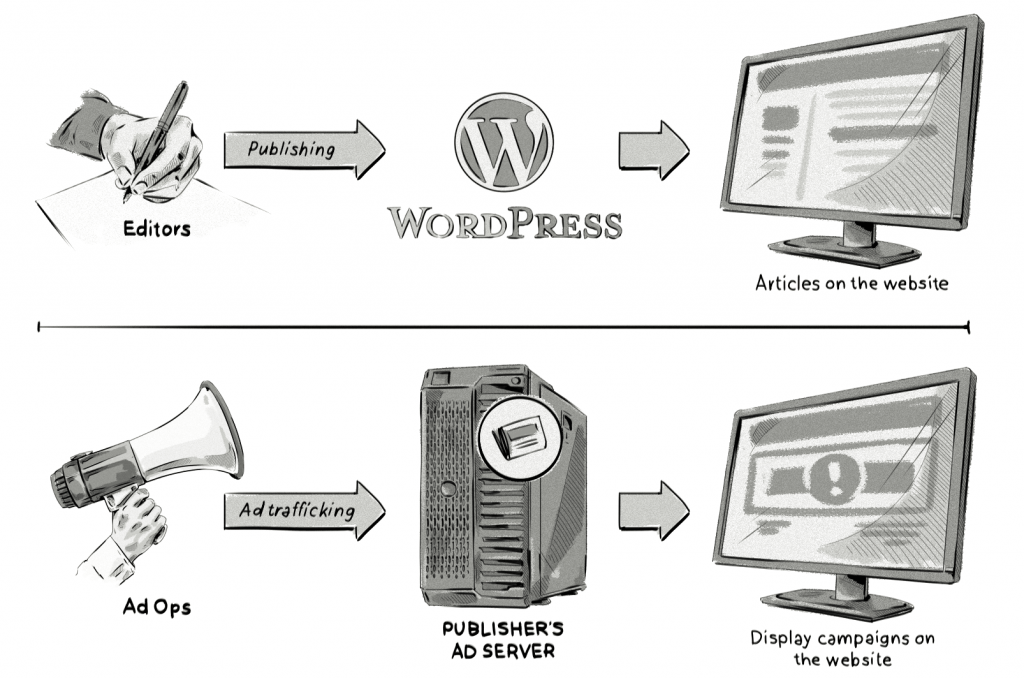
The First Ever Ad Server
Ad servers first started appearing in 1995 back when the online advertising industry was in its infancy and were used to help publishers manage online ads and control their delivery.
Back then, online ad-targeting possibilities were minimal—advertisers could target ads based only on the very limited header information pulled from the user’s browser, such as:
- The language set on the user’s computer
- The URL of the page that the ad is being loaded onto
- The browser type and version
- The user’s operating system
Arguably, the first ever ad server was set up in 1995 by FocaLink Media Services, a company founded by Dave Zinman, Andrew Conru, and Jason Strober.
Since then, ad servers have come a long way, constantly evolving along with the whole ecosystem to meet the growing demands of both advertisers and publishers.
Some of the functionalities that were added to ad servers with time, like targeting, budget control, and frequency capping, have also been incorporated into many of the newer platforms, such as DSPs and SSPs.
We Can Help You Build an Ad Server
Our AdTech development teams can work with you to design, build, and maintain a custom-built ad server for any programmatic advertising channel.
What is the Role of an Ad Server?
Ad servers can be used by publishers (known as first-party ad servers) and advertisers (known as third-party ad servers).
While first-party and third-party ad servers are essentially the same technology, they are used by publishers and advertisers for slightly different reasons.

First-Party Ad Servers
First-party ad servers allow publishers to manage ad slots on their websites and display ads that have been sold directly to advertisers via direct campaigns.
In the event that no direct campaigns are available, first-party ad servers will act as a management platform helping to decide which ad codes (e.g. those from a third-party ad server, SSP, or ad network) to serve in their ad slots.
A first-party ad server is responsible for targeting, i.e. making decisions about which ads to display on a website based on nuanced targeting parameters, serving them, and collecting and reporting the data (such as impressions, clicks etc.)
Additionally, they are used for inventory forecasting — i.e. how much inventory and of what type the publisher will have available for sale in the future based on the current campaigns & traffic projections.
Third-Party Ad Servers
By using ad servers, advertisers can easily track their advertising campaigns. An advertiser’s ad server ad tag is loaded by the first-party ad server, so its functionality is limited compared to first-party servers. It is mostly used only to collect campaign data and verify certain metrics, such as impressions and clicks.
Third-party ad servers can also be used for some creative optimizations – e.g. the advertiser can decide to change the creative used in a campaign or run a series of A/B tests of the creative, but the targeting itself is determined on the first-party ad server side.
The primary difference is that a third-party ad server is used by the advertisers to aggregate all the campaign information (reporting, audience) across all publishers, ad networks & other platforms the campaign runs on, and serves as an auditing tool to measure and verify whether the impressions were actually delivered properly. Publishers and advertisers, for various reasons, may report different numbers, but certain degree of discrepancy is considered normal. Third-party ad servers also offer advertisers ownership and control of the collected data (information about the audience).
How Does an Ad Server Work?
To understand how ad servers work, it’s really important to know why they appeared in the first place.
When the popularity of the Internet started to take off in the early to mid 1990s, traditional print publishers began moving online. This not only created vast amounts of content, but also a chance to leverage a dormant opportunity — display ads.
During the first years of online advertising, the buying and selling of ads between an advertiser and a publisher was a direct and manual process. Publishers soon discovered they needed a more efficient and easier way to manage their the various advertisers’ campaigns that ran on their website. It was here that the first-party (aka publisher’s ad server) was born.
How does a first-party ad server work?
The image below illustrates the whole ad-serving process of a first-party ad server:
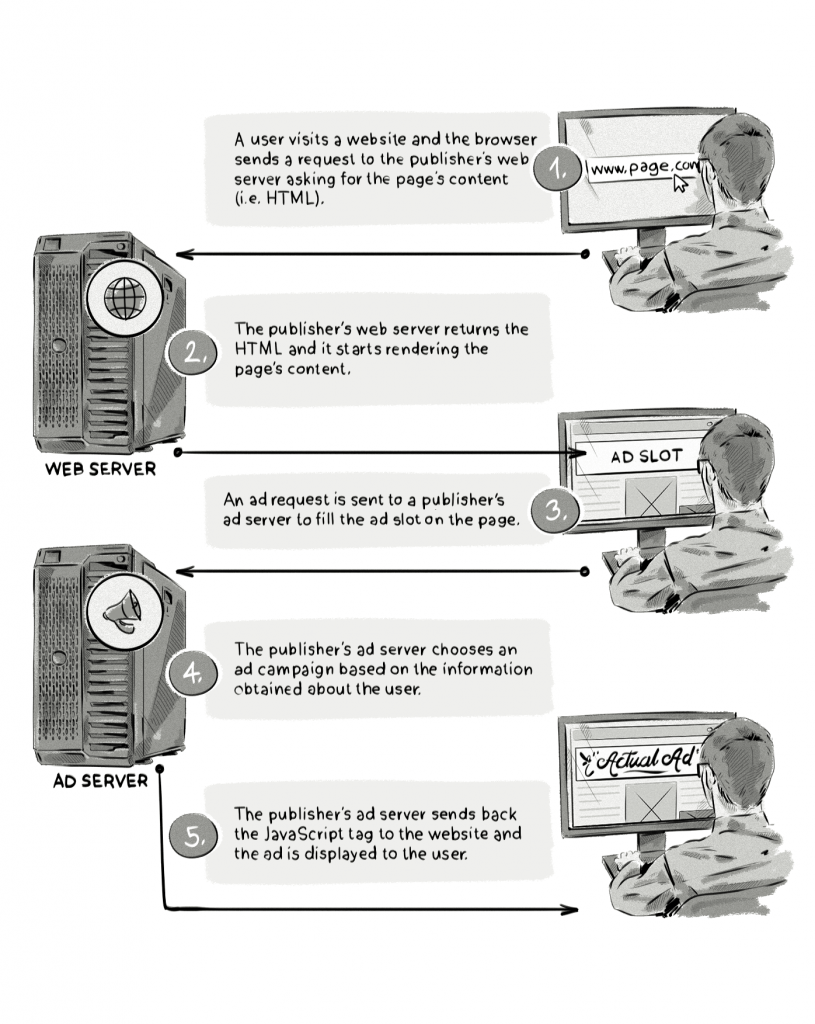
After a number of years, advertisers also discovered that they needed a way to host their creatives (i.e. the actual ads) and measure the performance of their campaigns (e.g. by analyzing impressions, clicks, and conversions) across multiple publishers.
The solution to these problems came in the form of a third-party ad server (aka an advertiser’s ad server).
How does a third-party ad server work?
Third-party ad servers work in a slightly different way to first-party ad servers. The image below illustrates the role of a third-party (advertiser’s) ad server next to a first-party (publisher’s) ad server.
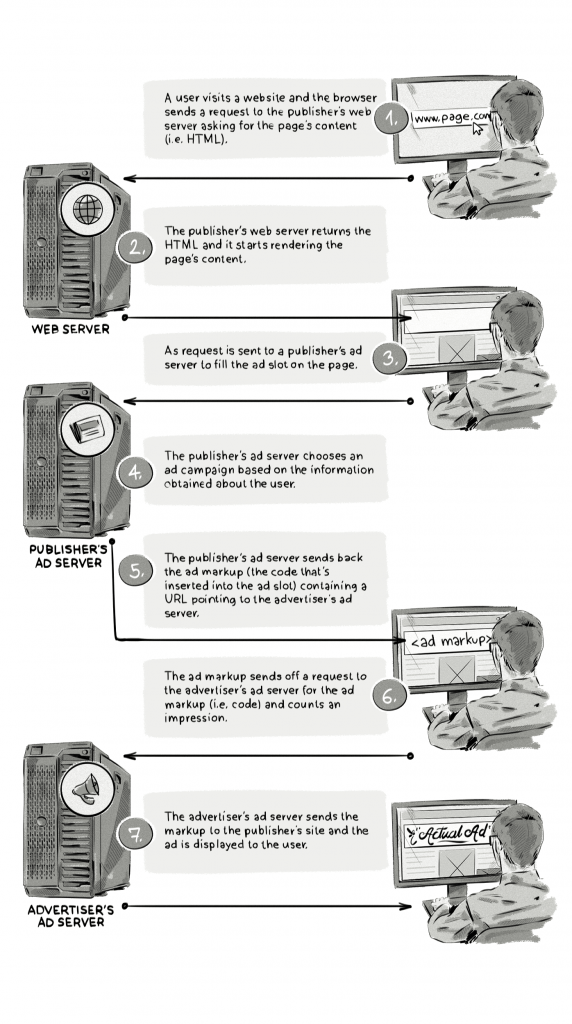
Third-party ad servers allow advertisers to:
- Store and manage their ad codes
- Set up tracking criteria for ad campaigns
- Track the performance (impressions, clicks, conversions, etc.) of the whole campaign across all publishers in a single system
- Measure the reach of a campaign while taking into account the co-viewership across publishers
- Verify the reports provided by the publishers
- Help optimize campaigns
The Most Popular Ad Servers in the Online Advertising Ecosystem
Most of the leading ad-server-platform providers offer solutions for both advertisers and publishers.

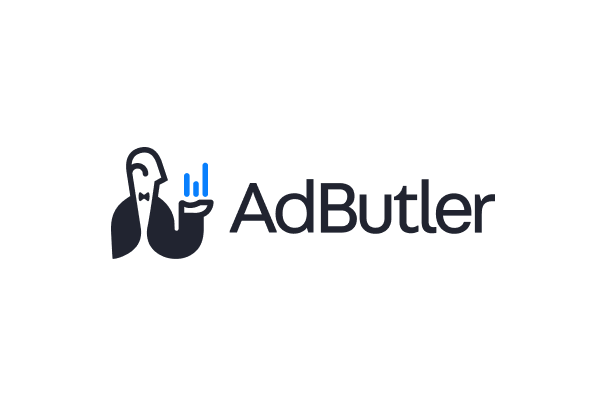



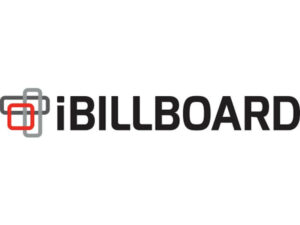
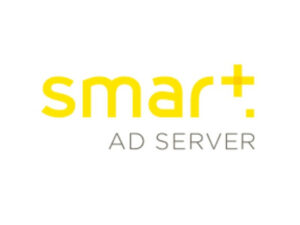
We Can Help You Build an Ad Server
Our AdTech development teams can work with you to design, build, and maintain a custom-built ad server for any programmatic advertising channel.








